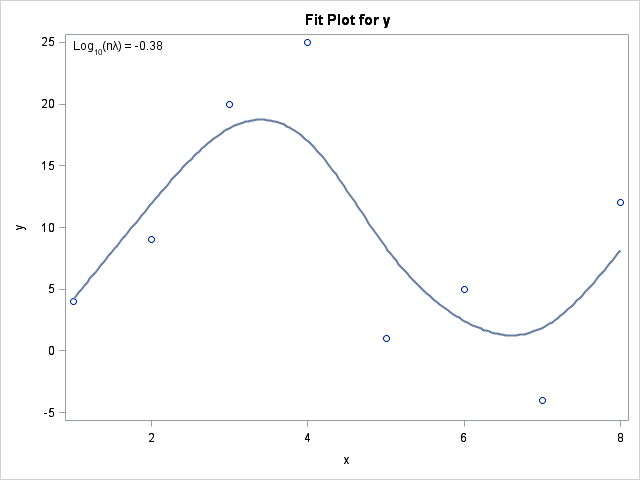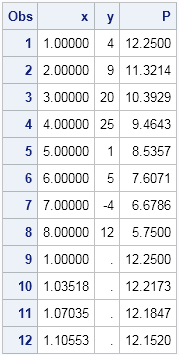
When spontaneous applause broke out during Dr. Jim Goodnight's presentation at the opening session of SAS Global Forum 2014, I was one of the people cheering the loudest. The SAS CEO had just announced free software for students and professors at universities around the world. The SAS University Edition will









